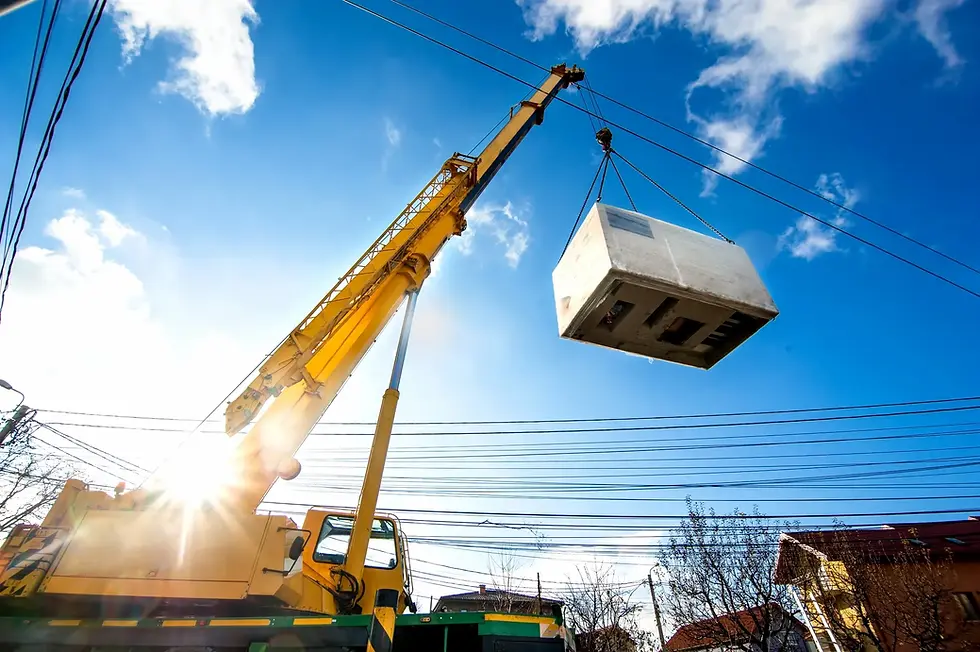Lifted From The Past: The History of Cranes and Their Uses
- Macsalvors Crane Hire
- Feb 27, 2024
- 2 min read
While cranes are iconic and recognisable staples of our modern life, you might not know the history behind them. Read on to find out more about cranes throughout history.

Ancient History
While it’s hard to pin down the exact date of the invention of a crane mechanism, it’s largely acknowledged that they originate from the shadoof. This machine was used for crane lifting water from its source to elsewhere. It’s thought that these machines were invented in Mesopotamia, but it has equally been argued they came from Ancient Egypt. While important, these machines were not used in construction.
The invention of a crane specific for construction is acknowledged to have originated in Ancient Greece. These crane-like machines were winch and pulley systems, that quickly replaced the use of ramps for transporting building materials.
The Roman Empire
Thanks to the Ancient Greek invention, the Romans were able to adapt and change the crane into an even more useful building tool. Their crane began with a simple design of a winch, rope and three pulleys, allowing a greater load capacity. Other versions were then introduced, capable of carrying a greater capacity.
The treadwheel was also incorporated, which resembles what we would refer to as a hamster wheel. These allowed the movement of the rope to be charged by men moving inside the wheel, rather than being pulled upon to a limited extent. With the fall of The Roman Empire, the treadwheel crane fell out of use.
The Middle Ages
The lifespan of the treadwheel was not over yet. During the Middle Ages, the treadwheel was reintroduced for cranes across Europe. The reintroduction of this machine meant that construction could take place more cost-effectively than it would when carried out manually.
It played an instrumental role in the construction of Gothic architecture, including recognisable Gothic cathedrals. They were also introduced on harboursides, as stationary cranes with double treadwheels used for ports. This made lifting cargo from ships much easier, rather than traditional methods like see-saws.
The Industrial Revolution
The mid-18th century saw the beginning of the Industrial Revolution, which created a demand for cranes. Swapping wood for more heavy-duty materials, cranes became used routinely in both construction and at the harbourside for cargo.
It was during the Industrial Revolution that the first hydraulic water-powered crane was invented, by a businessman named William Armstrong. This hydraulic machinery revolutionised both cranes and bridges, bringing these staples of modern life to resemble closely what we recognise today.
Modern Cranes
Today, it’s impossible to imagine our modern life without the use of cranes. From all-terrain cranes to static harbourside cranes, they can be found in a variety of industries due to their versatility and usefulness. So, if you are looking to revolutionise your project with crane hire, look no further than our services at Macsalvors Plant Hire.
Our services are available throughout Plymouth, Bodmin and Truro and beyond. We offer information and guidance on the different types of cranes available, as well as information on the hiring process. Visit our website to learn more, or get in touch with our friendly team today.






Comments